Grain fed vs grass fed beef. Which type of beef is actually better for you? This debate has gone on forever. It’s time we settle it once and for all.
Let’s look at the key pros and cons of a grass-based diet versus a grain-based diet for beef.
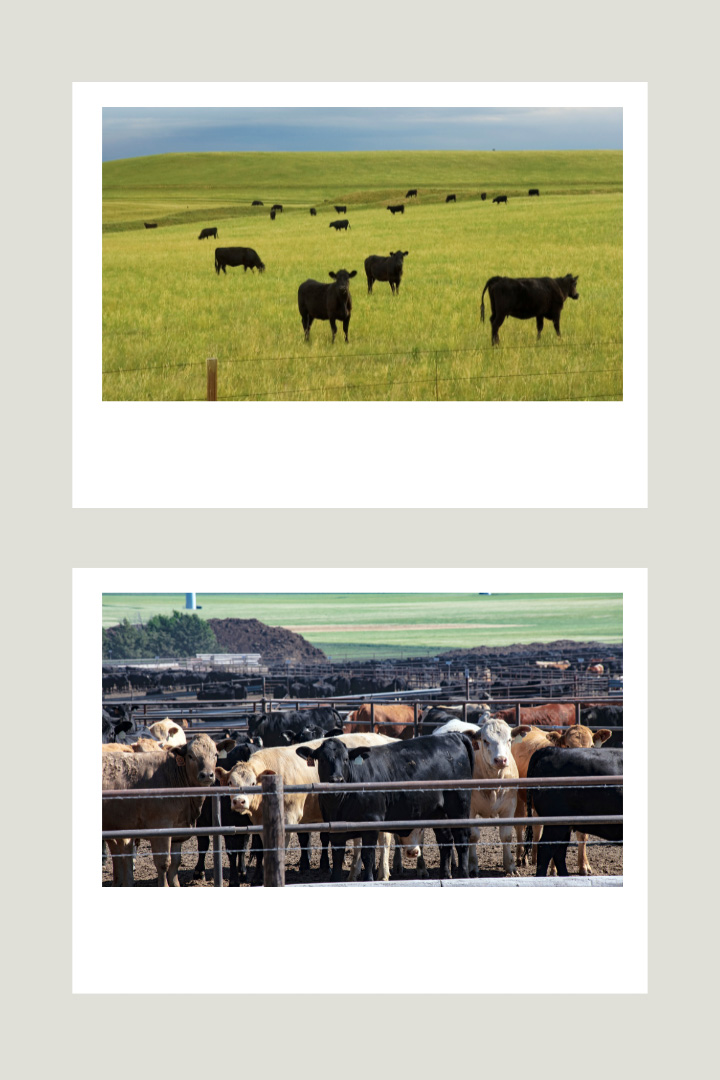
1. Grass-fed Beef Has a Better Fatty Acid Profile
This beef has a larger amount of omega-3 fatty acids. About five times more than conventional beef.
Grass-fed beef has five times the omega-3 fatty acids as grain-fed beef.
These fats can lower your risk of heart disease. In fact, it’s recommended that you eat at least 3 grams of omega-3 fats per day. (This is according to dietary guidelines developed by the American Heart Association.)
This essential fatty acid also has other benefits for your health:
- It gives you more energy and improves your mood
- It gives you better eyesight
- It helps with metabolic syndromes (like diabetes)
- It helps with inflammation
- It lowers the chances of getting dementia or Alzheimer’s disease
- It lowers your chances of getting cancer
- It helps with bone and joint health
- It improves your skin
- It helps you sleep better
- If you eat grain-fed beef, you’ll miss out on all these benefits.
Cows on a grass-based diet also produce meat with twice as much conjugated linoleic acid (CLAs). This essential fatty acid has many health benefits. It protects against type 2 diabetes, cancer and other health problems.
2. Grass-fed Beef Can Help You Lose Weight
Did you know that CLAs are also a common ingredient in weight loss supplements?
Studies show that they do actually help with weight reduction. Eating grass-fed beef is like taking a natural weight loss supplement. You can still enjoy meat and lose weight. You don’t have to eat a strict diet of plant-based foods.
Grass fed beef also has less fat. This means fewer calories overall.
3. This Beef Has More Vitamins
Grass and grain fed beef have roughly the same amount of nutrients. The real difference is that grass-fed beef contains high levels of beta carotene from the diet of grass. Beta carotene turns into Vitamin A inside your body.
Grass-fed beef also has higher levels of Vitamin E. This vitamin benefits your eyes, brain and skin.
Scientific research has shown that grass-fed beef has more antioxidants overall. These guard your body against oxidative stress and have other advantages for human health.
4. Grass-fed Beef Is Tastier
Grass raised beef has a more distinct beefy flavor than grain-fed. This is due to the cows’ varied diet of natural grasses.
Grass fed beef also has yellow fat. Yellow fat is soft and creamy. Its color comes from the cows’ grass diet and is caused by beta carotene in the grass.
5. You Avoid GMOs and Glyphosate
Cattle that are fed grains eat a combination of corn and soybeans. A cow’s diets may also include wheat, barley and sorghum. Many of these grain-based feeds contain crops that are genetically modified.
These plants are modified so that farmers can spray weed killer. Genetically modified crops do not die when sprayed with poison.
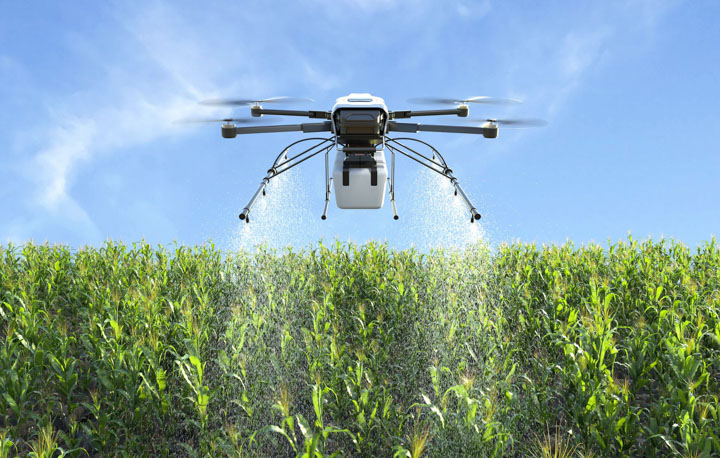
The most popular weed killer is glyphosate (found in Round Up). Traces of this end up on crops.
Cattle on a diet of grains eat these crops and ingest the poison. It then ends up in your food. Cattle that feed on natural grass do not eat genetically modified crops. They do not eat toxic weed killers.
6. You Avoid Eating Antibiotics
Grain feeding is actually not healthy for cattle. When cattle eat too much corn feed it gives them grain poisoning. This causes acidosis. (This is a metabolic disease that beef cattle get.) Cows with this disease develop a number of health problems and need to be given antibiotics.
Feedlot grain-fed animals also spend their days cooped up in small pens. They stand for hours in their own waste and urine. This is extremely bad for animal health. This is another reason why cows are given antibiotics. These may eventually end up in your food.
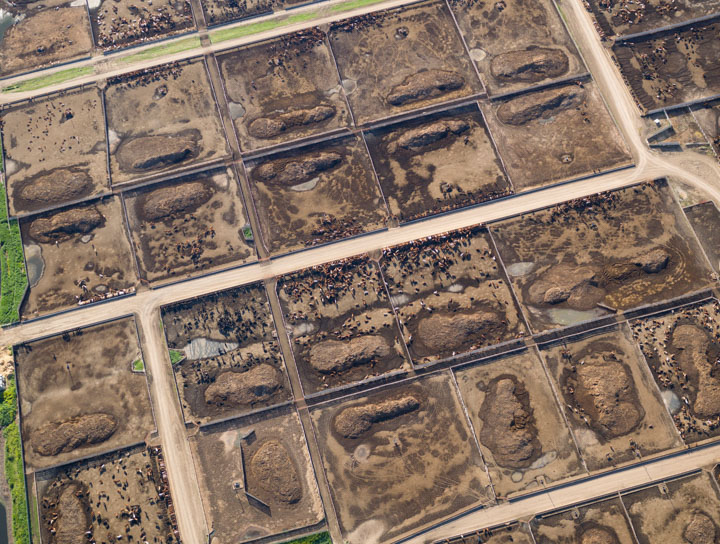
7. You Avoid Bacteria
A study found that 20% of grain fed meat contained traces of bacteria. This included things like staph and E-Coli. This bacteria can make you seriously ill.
What’s more, the overuse of antibiotics is making these bacteria stronger. This is why we’re now seeing “drug resistant bacteria”.
Meat from grass fed cattle have less bacteria. The same study found that only 7% of this meat contained bacteria.
8. You Avoid Growth Hormones
Non-organic grain-fed cows are given a cocktail of growth hormones. This is done to bulk them up. They may also be given steroids like Trenbolone acetate and estradiol benzoate.
Traces of these hormones end up in your meat. This can become a problem if you’re eating large amounts of beef. For example, many of these hormones are linked to cancer.
9. You Help Protect the Environment
Feedlots produce enormous amounts of waste. This includes cow dung, urine and other chemicals. Waste is often released into rivers. This pollutes the water table and has serious environmental impacts.
Grass-fed beef from cows raised on open pastures is more sustainable. For example, when cows are raised out on pasture their dung goes back into the ground to fertilize the fields they are feeding on. This eliminates the need for synthetic fertilizer that is used when grass is grown separately from the cows that are eating it.
The roots from grass and plants also help prevent soil erosion that occurs on dirt lots that have no vegetation. A study by the University of California found that grassland and rangeland sequesters an enormous amount of carbon. Even more than forests!
What about the environmentalists who say we should eat less beef because it causes global warming? The theory is that as cows belch, they release methane gas into the atmosphere which is a far more potent greenhouse gas than carbon dioxide. It’s true that a single cow will release about 220 pounds of methane every year.
But this is not the whole story. We are putting more blame on cattle and turning our attention away from the greenhouse gasses being spewed out from industrial and automotive sources.
The truth is, animal agriculture contributes only 3.9% of all greenhouse gas emissions in the United States.
Cons of Grass Fed Beef vs. Grain Fed Beef
1. You May Not Enjoy Lean Beef
Grain-fed meat has a higher fat content which results in more marbling in their meat. This fat means grain-fed steaks are juicier. It’s why the beef has a more buttery flavor and a softer texture. This is also due to intramuscular fat.
Grass-fed steaks have less fat overall. Some people find it tough and less juicy. If this is a problem for you, try buying meat that has been through a dry-aging process.
This process pulls moisture out of the beef. Enzymes then begin to break it down. This results in a cut of beef that is more tender and succulent. Something else you can do is add butter when cooking your steak.
Yes, grass-fed beef does have a lower fat content.
2. Grass-Fed Beef May Be More Expensive
It is true that grass-fed beef is usually more expensive than conventional beef. The best place to buy grass-fed beef is at the farmers market. You can also get it direct from local farms, or your butcher. It’s also possible to buy grass fed meat online.
A pound of 100% grass-fed and pasture raised ground beef will cost between eight and ten dollars.
When buying grass fed meat from the grocery store or online, look for the words “American Grassfed Association”. This association runs a certification program. Certified meat is 100% grass fed. Cattle are raised only on pastures. They are not confined to feedlots. No antibiotics or growth hormones are used. All cattle are sourced from the United States.
Also look out for the USDA grass-fed list. This is a list created by the U.S. Department of Agriculture. Only high quality and ethical producers are included.
3. You Miss out on Healthy Fat
Grass-fed beef contains less monounsaturated fat. These are healthy fats. Polyunsaturated fatty acids are bad fats.
These good fats have many health benefits. They lower your risk of heart disease and decrease inflammation. They also decrease your chances of getting cancer. This fat also lowers your cholesterol levels. You may also lose weight by eating these fats.
Unfortunately, this will only happen if you eat less calories. Which is why it’s better to stick to grass-fed beef. This beef also has other fatty acids which benefit the human body. This means it’s still healthier than conventional grain-fed beef.
4. You May Have Trouble Finding Grass-Fed Beef
It’s possible to buy grain-fed beef from any grocery store in America. Not every store stocks grass-fed beef. This has changed in recent years, but it can still be difficult to find what you’re looking for.
You may also have difficulty getting certain types of beef products at the grocery store. For example, you could be limited to strip steaks and ground beef.
If there isn’t a farmers market or local farm near you to buy grass-fed beef, a simple solution is to order online. The only issue is that you’ll usually have to place a large order and wait for the meat to be delivered. This can be a problem if you need something for dinner tonight. It also means you’ll have to plan your meals ahead of time.
5. Advertising Could Be Misleading
Just because you see a grass-fed label doesn’t always mean that you’re buying grass-fed meat.
Be sure to look for “100% grass-fed” or “grass-fed and grass-finished beef”. This means that cattle are not fed a grain-based diet, even during the final months of their lives.
What the cow eats doesn’t tell you how it was raised, either. Look for beef that’s 100% pasture raised.
BTW, you also have grain-finished beef. These cattle begin their lives in pastures. They then go to feedlots and eat grain during the finishing period. This helps to fatten them up for slaughter.
Final Thoughts on Grass-Fed Beef versus Grain-Fed Beef
What cattle eat makes a big difference in the quality of the beef. Whether cattle eat grass or grain also results in nutritional differences. This, in turn, affects your health.
This is why grass-fed is a better choice. It has less fat and more nutrients. This type of beef can help you lose weight and improve your health. It also tastes better, despite having less fat.
Grass-fed beef is also more ethical. This is simply because grass-fed cows live better lives. This makes grass-fed beef the best choice for conscious consumers.
The downside is that it doesn’t have as much fat as regular beef. Corn-fed beef is also cheaper. The drawback is that industrial forms of beef production are highly unethical. Cattle live the latter months of their lives in small pens and suffer terribly before slaughter.
Factory farming is also bad for the environment. It pollutes the water and soil. This is why an increasing number of people only eat grass-fed animals.
Ultimately, it’s all about personal preference. Grass-fed proponents will tell you their meat is better. They might be right. I recommend trying grass-fed beef. You might be pleasantly surprised!

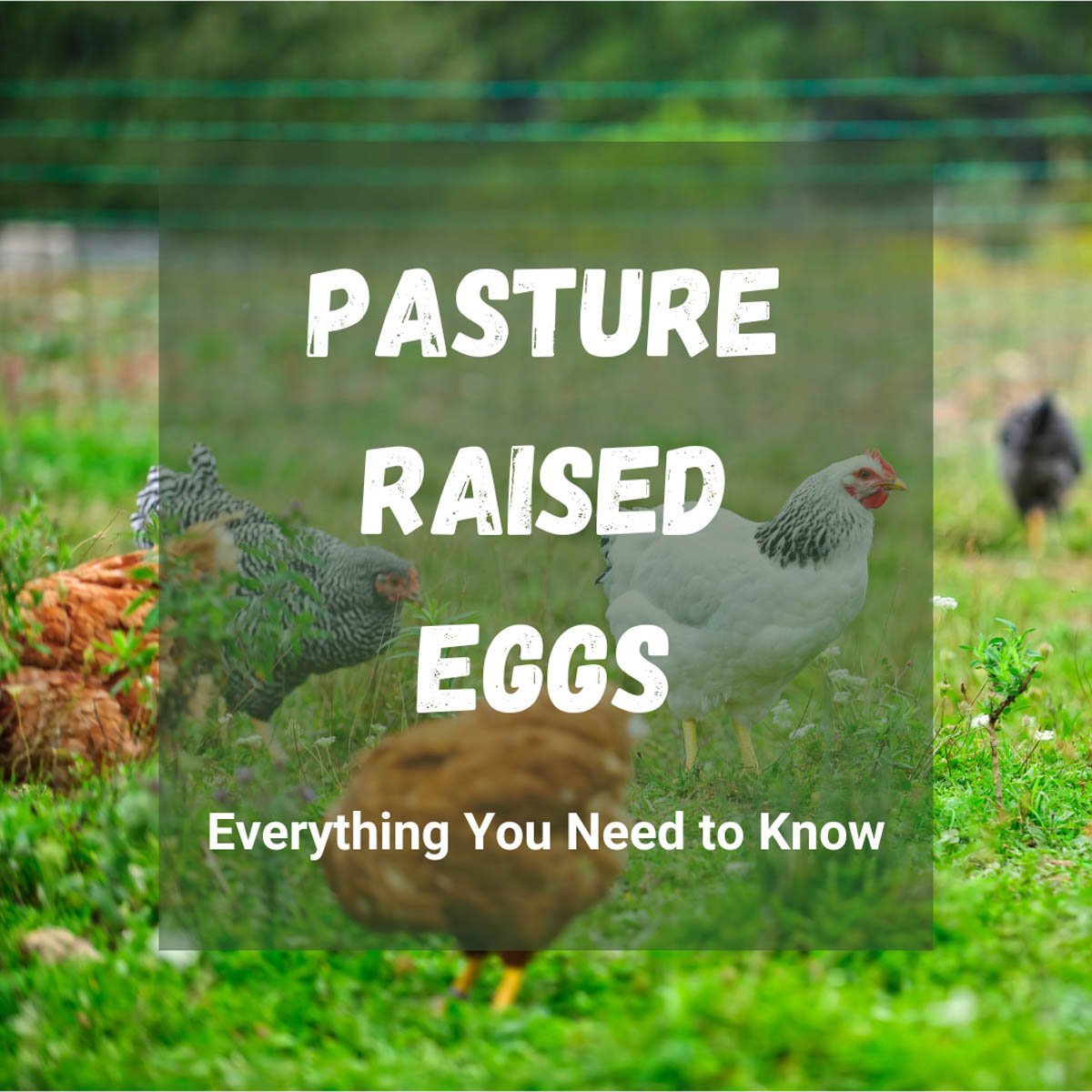
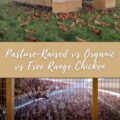



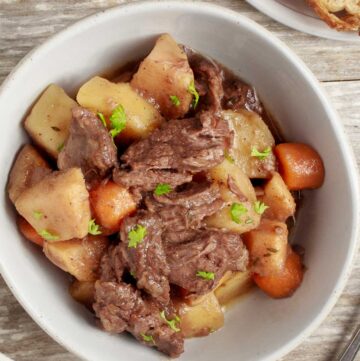

My friend is looking for healthier food options that he can add to his diet. I like your idea to invest in grass-fed beef because of its nutrients. Perhaps finding a grass-fed beef supplier that can help him with this is a good investment.